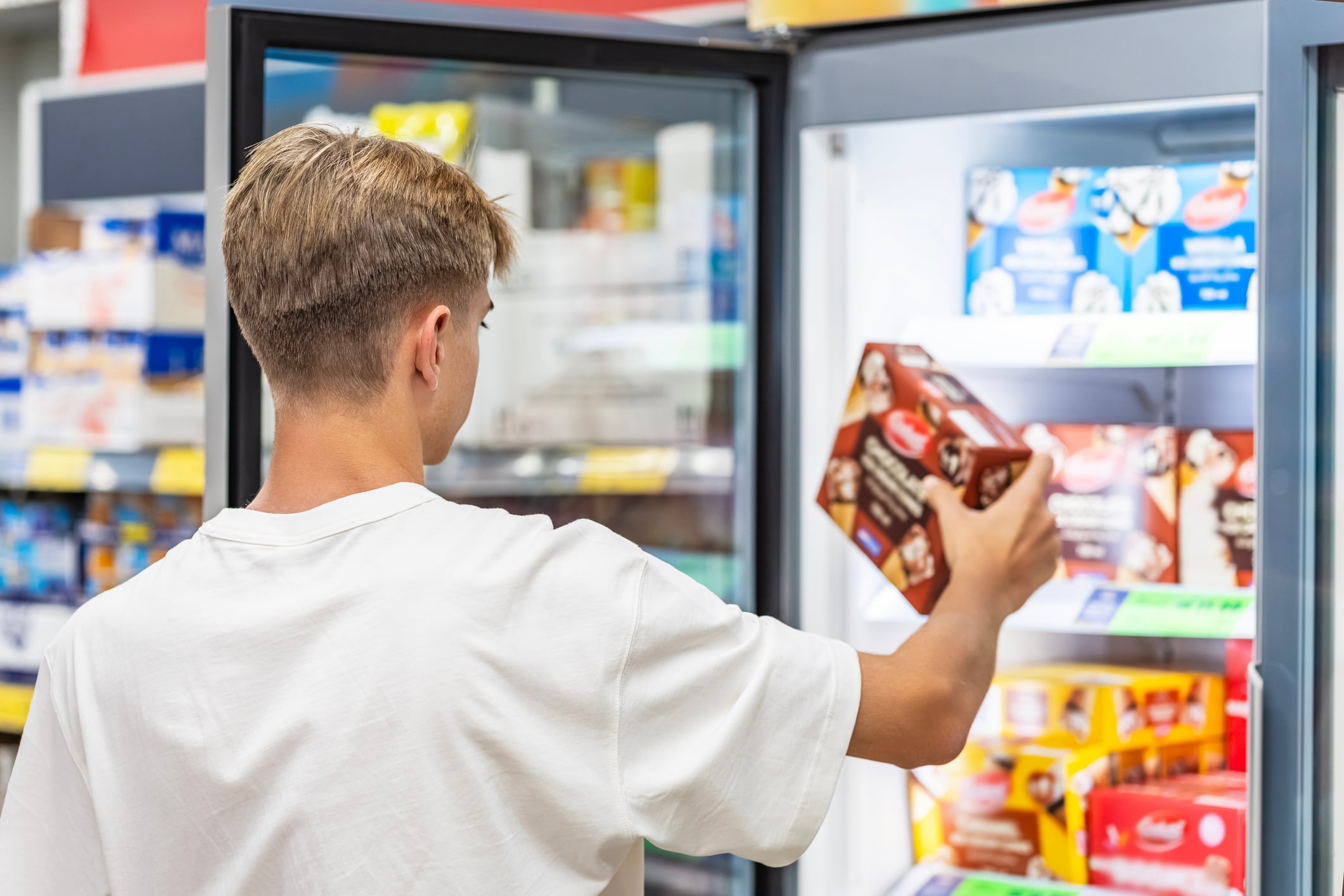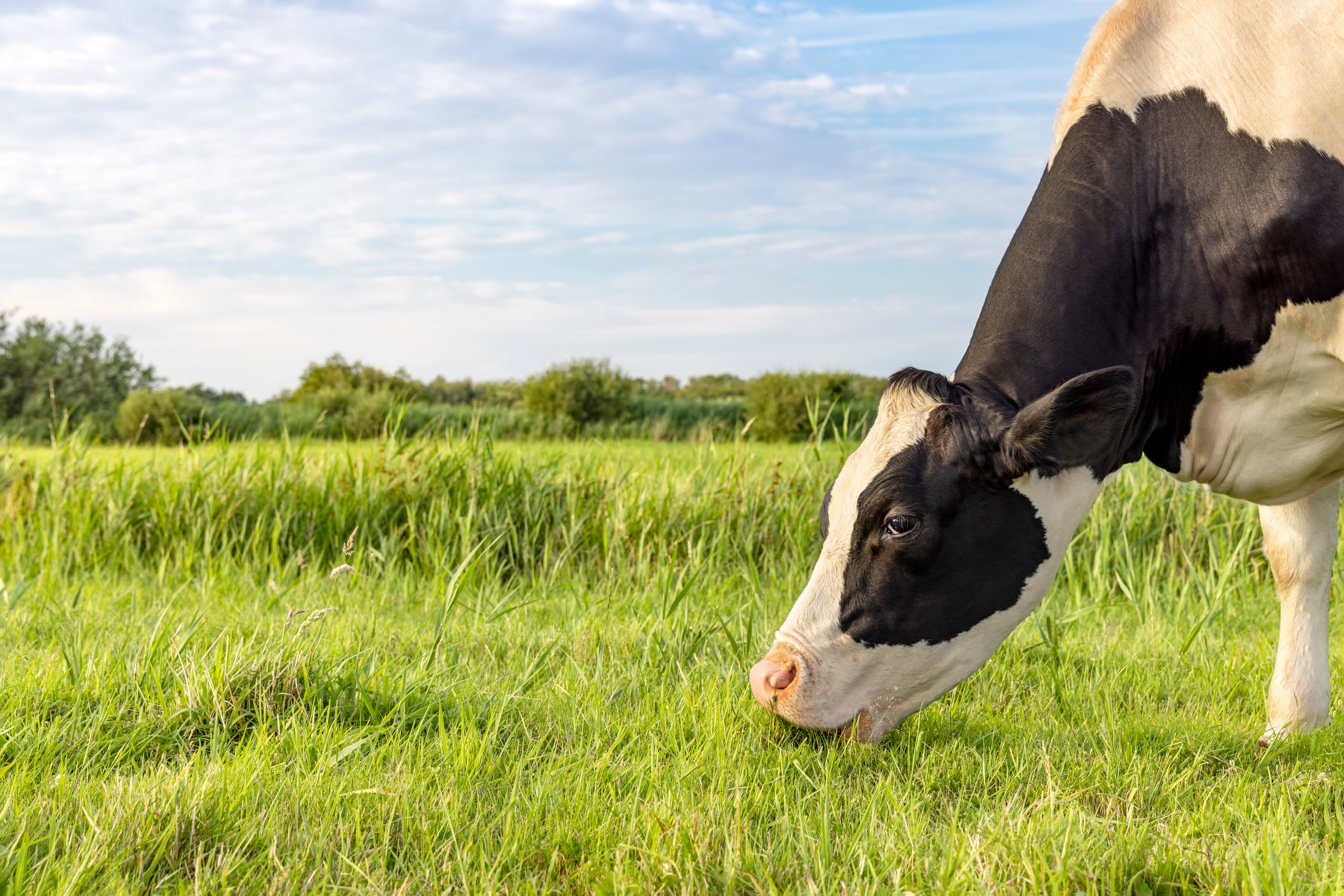Dairy products and alternatives are projected to reach a retail value of $707.5bn in 2025, according to Euromonitor International – growing 2% in constant terms and 1.3% in volume terms through pricing and resilient consumer demand*.
The market intelligence agency recently identified the key trends driving innovation in dairy and alt dairy alike – and we heard exclusively from Dairy Global Insight Manager, Maria Mascaraque, to find out more about where the growth lies and how brands can unlock opportunities across leading and lagging formats and markets.
From coffee creamers to baby food: Dairy’s movers and strugglers
According to Mascaraque, functional formats such as kefir have gained traction this year, while commoditised or demographically-pressured segments have lagged.
“In 2025, sour milk products, including kefir, and coffee whiteners led global growth,” she told us. “Each rose by 6%*, driven by demand for gut health and at-home coffee trends. Soft cheese also performed well due to its protein and clean-label appeal.”
Demand for coffee creamers varies regionally, but the large markets include the US, Pakistan, India and South Africa. “The US is already seeing considerable innovation in this space, but there are opportunities in other regions,” she added.
Nestlé, Danone and Chobani are three of the biggest names in the US coffee creamer space; with refrigerated creamers that deliver barista-style experience and on-trend flavors sparking demand from younger consumers.
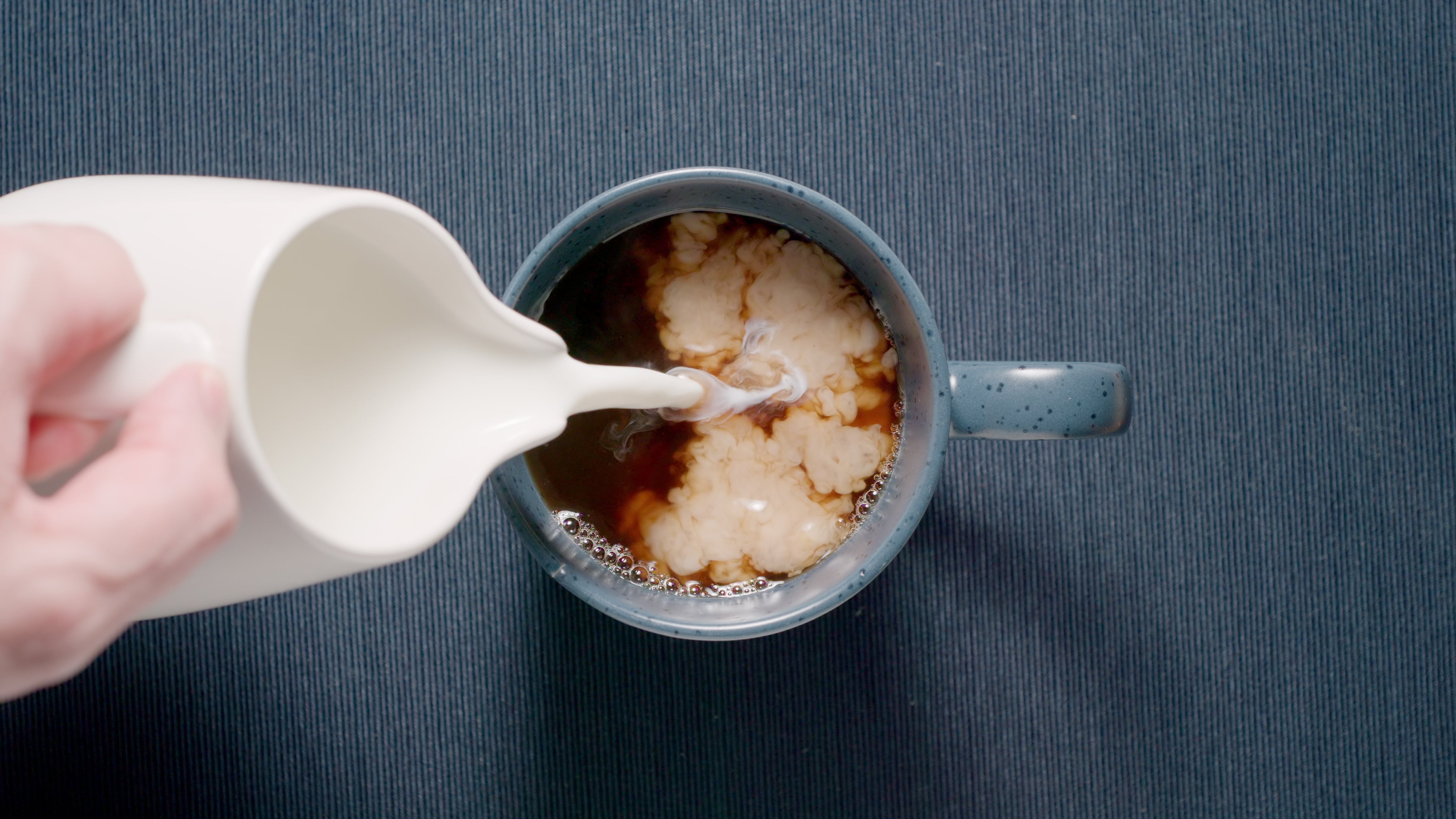
In contrast, baby food has performed poorly in 2025, the analyst said, with declines in birth rates posing ongoing challenges.
“Liquid and powder standard milk formula (0–6 months) declined by -1.1% and -0.2% respectively, while prepared baby food fell by -0.4% globally,” Mascaraque said. “Soy drinks also showed a -0.7% global decline in 2025, which mainly comes from Asia, where the category is highly commoditized.”
While infant nutrition struggles, there’s a growing niche in premium formulas and baby, as well as in adult nutrition. Consumers aged over 65 are driving demand for functional dairy that supports cardiovascular health, digestion and cognition – and that consumer cohort itself will expand by 54% in the years to 2040, according to the market intelligence agency.
Wellness trends underpin growth opportunities
If functional formats are one of 2025’s leaders in dairy, what are the label claims that drive purchases? Protein, gut health and need states resonate the most – especially when backed by science and clean-label ingredients, we were told.
“Formats like kefir, probiotic yogurts and botanical blends such as matcha, ginger and ginseng, are gaining traction – but gut health still requires consumer education and vague claims risk alienating buyers,” Mascaraque explained.
“Transparent labelling, tangible benefits and strong scientific authority are key to building trust and driving repeat purchase in this increasingly crowded space.”
Maria Mascaraque, senior insight manager, Euromonitor International
And plant-based milk alternatives, a saturated category, can lean into functionality, clean labels and premium ingredients to boost performance and attract consumers again.
In terms of new product launches, Arla Cultura’s UK recent launch is a strong example of innovation in this space, she added. Released in September, the range combines beneficial bacteria, vitamin D, calcium, protein and fiber in a lactose-free format that’s marketed as ‘good for your gut’. “Its messaging on-pack and marketing simplifies complex science, making functionality feel accessible and relevant to daily routines,” the analyst added.
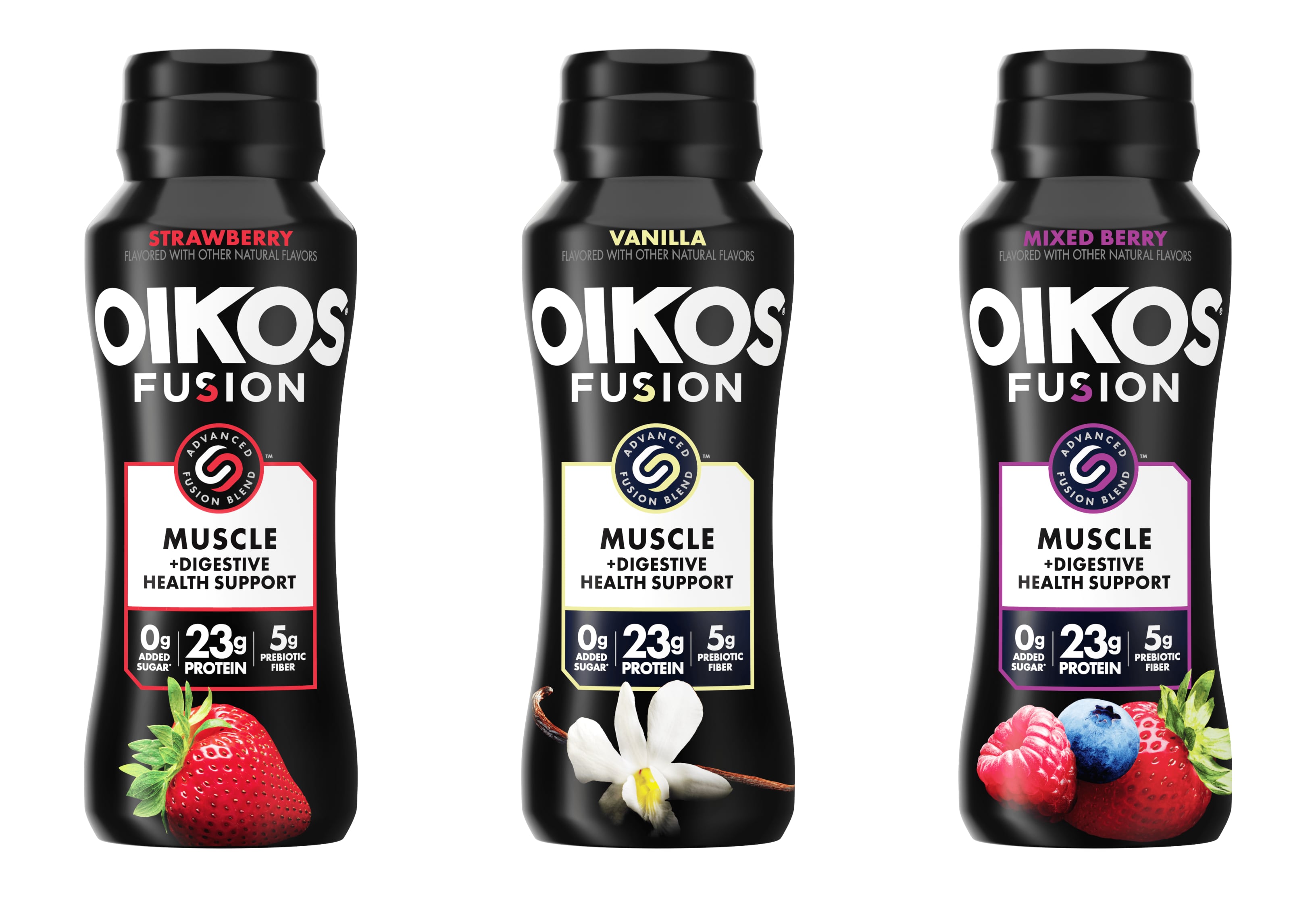
Over in the US, Danone has made waves with the first ever yogurt drink that’s specifically formulated to support the health needs of consumers who use GLP-1 agonists.
Another example of simplified but effective messaging is from UK flavored yogurt brand The Collective. The brand’s yogurt pouches for adults “link ingredients to need states, such as ‘restore’, ‘kickstart’, ‘uplift’ with clear messaging that feels more relatable to consumers and what they want to achieve as part of their daily routine,” Mascaraque said.
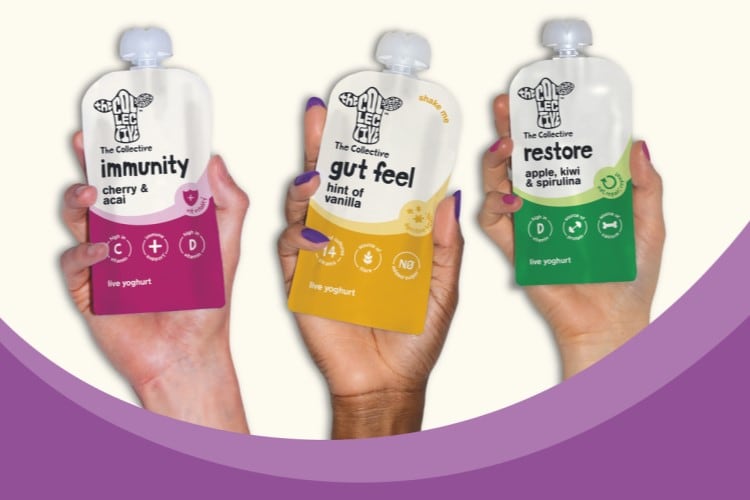
Snacking: from indulgence to wellness
Dairy snacks are another growing category that allows brands to offer up indulgence and functionality in a single pack.
Kerry Group’s decision to pivot its alt dairy brand Smug into snacking is one of the latest examples of the category’s pull for dairy majors. The Irish company set to release a range of cheese bites and bars in the UK in January 2026.
Over in the US, Danone gut health brand Activia is making sure its probiotic yogurt is available in a range of formats and sizes to appeal to a range of lifestyles – with beverages being the fastest-growing format.
According to Euromonitor, portion-controlled formats and multisensory experiences that align with modern routines and eating occasions will be key to achieving success in this space.
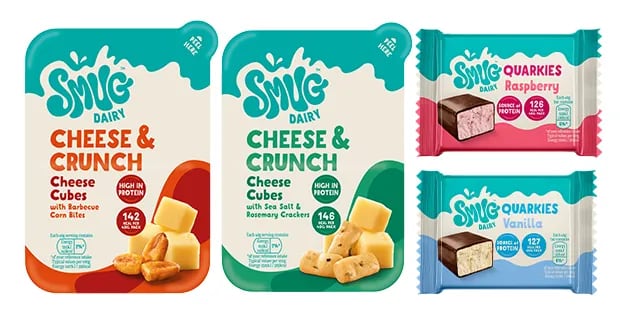
Plant-based dairy: Format expansion and clean labels
As plant-based dairy is expanding more slowly than years ago, affordability remains a key barrier to purchasing. Between 2020 and 2025, the plant-based dairy posted a modest global CAGR of 2.0% and private labels’ market share increased to 20% in mature markets.
“Growth momentum slowed as consumers became increasingly concerned about ultra-processing and nutritional content, but price sensitivity is a key factor too, with many shoppers opting for lower-cost alternatives amid economic pressures,” Mascaraque said. “To re-ignite growth, brands are focusing on functionality, while using cleaner ingredients and embracing premiumisation to justify higher price points.”
Emerging categories such as plant-based coffee creamers are a key growth niche for the category. In the US, Silk and Califia Farms have introduced flavored plant-based coffee creamers to tap into demand for refrigerated creamers.

Yogurt alternatives (gurts) with improved taste and texture are also in demand; and some brands are expanding formats from cups to drinks.
Finnish brand Oddlygood Group has soygurts in its line-up of plant-based dairy alternatives: a format that taps into low-sugar, high-protein and snacking trends all at the same time, while marketing the products as suitable for occasions from breakfast cereal to an afternoon satiety-quenching snack.
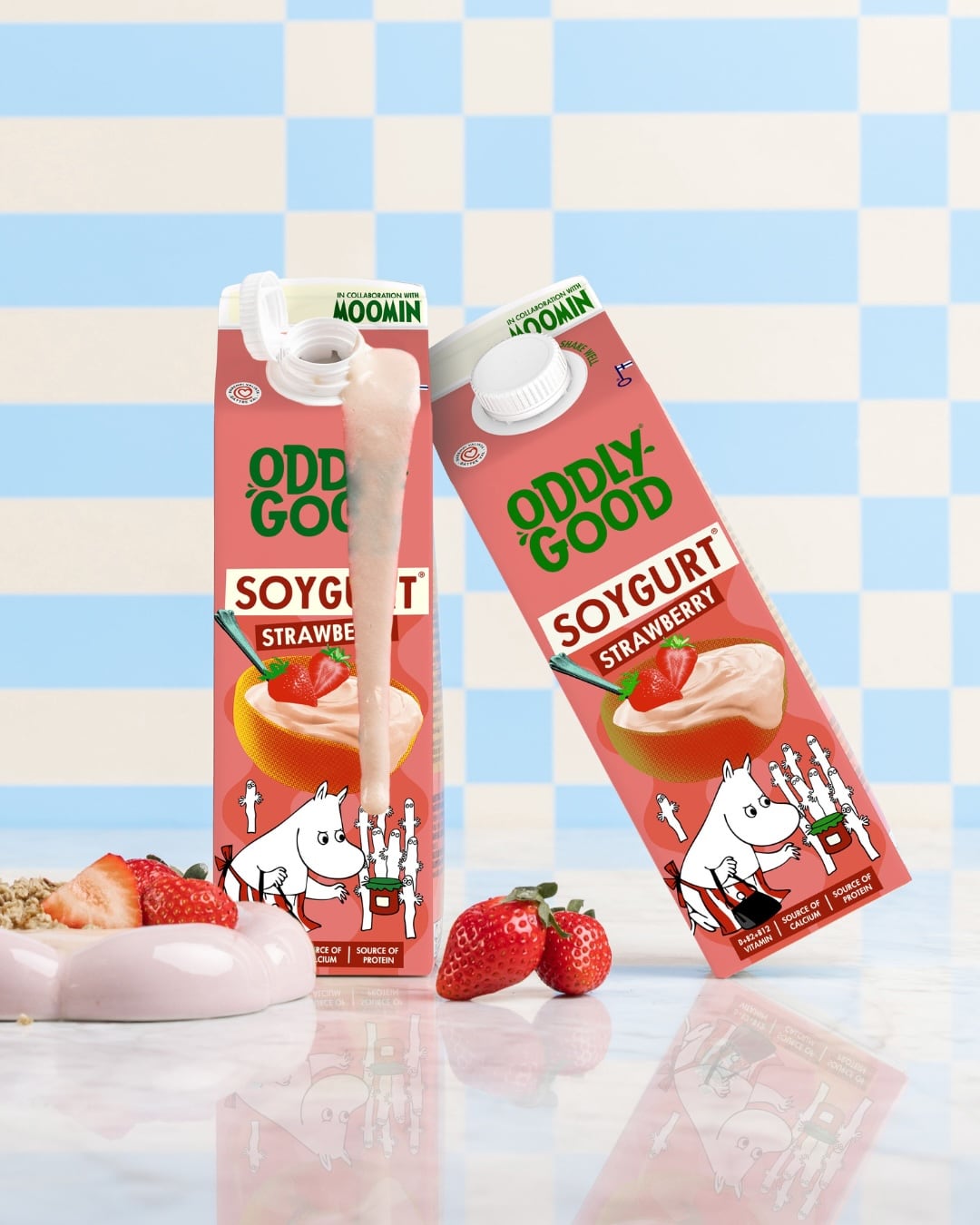
“Expanding plant-based offerings into high-potential categories such as sour milk products or coffee whiteners could be promising,” Mascaraque agreed.
In terms of categories, the plant-based milk aisle is quite saturated in some markets, but there are still opportunities, particularly through benefit-led positioning rather than ingredient-led messaging, the analyst added.
As for plant-based cheese, the category is projected to grow ‘significantly’ in the coming years, but that’s coming from a small base and shows mixed performance across markets, according to Mascaraque.
“Consumer dissatisfaction, especially around taste and texture, remains a challenge,” she said.
“However, innovations using fermentation techniques and plant proteins such as cashew, almond, pea, are helping enhance flavour complexity and melting performance, making products more appealing and perceived as more natural.”
Targeting emerging markets through tailored innovation
Economic and infrastructure challenges continue to hinder dairy’s growth opportunities in emerging markets such as the Middle East and Africa – but diversifying geographically in regions with high unmet potential can help companies stay competitive through tailored propositions and formats such as shelf-stable dairy.
“Affordability, infrastructure gaps (e.g. cold chain) and low consumer awareness are major barriers,” Mascaraque said. “In markets like Nigeria and Indonesia, where dairy penetration remains around 5% and 20% per capita in volume terms, cold chain limitations and informal consumption dominate, making packaged formats less available.
“Brands must offer cost-effective formats like sachets and ambient dairy, and invest in education to highlight nutritional benefits. Local sourcing and tailored innovation, such as culturally relevant flavours or formats, are essential to unlock demand and build trust in price-sensitive, underpenetrated markets.”
*All data quoted is in constant terms and fixed 2025 exchange rates.


